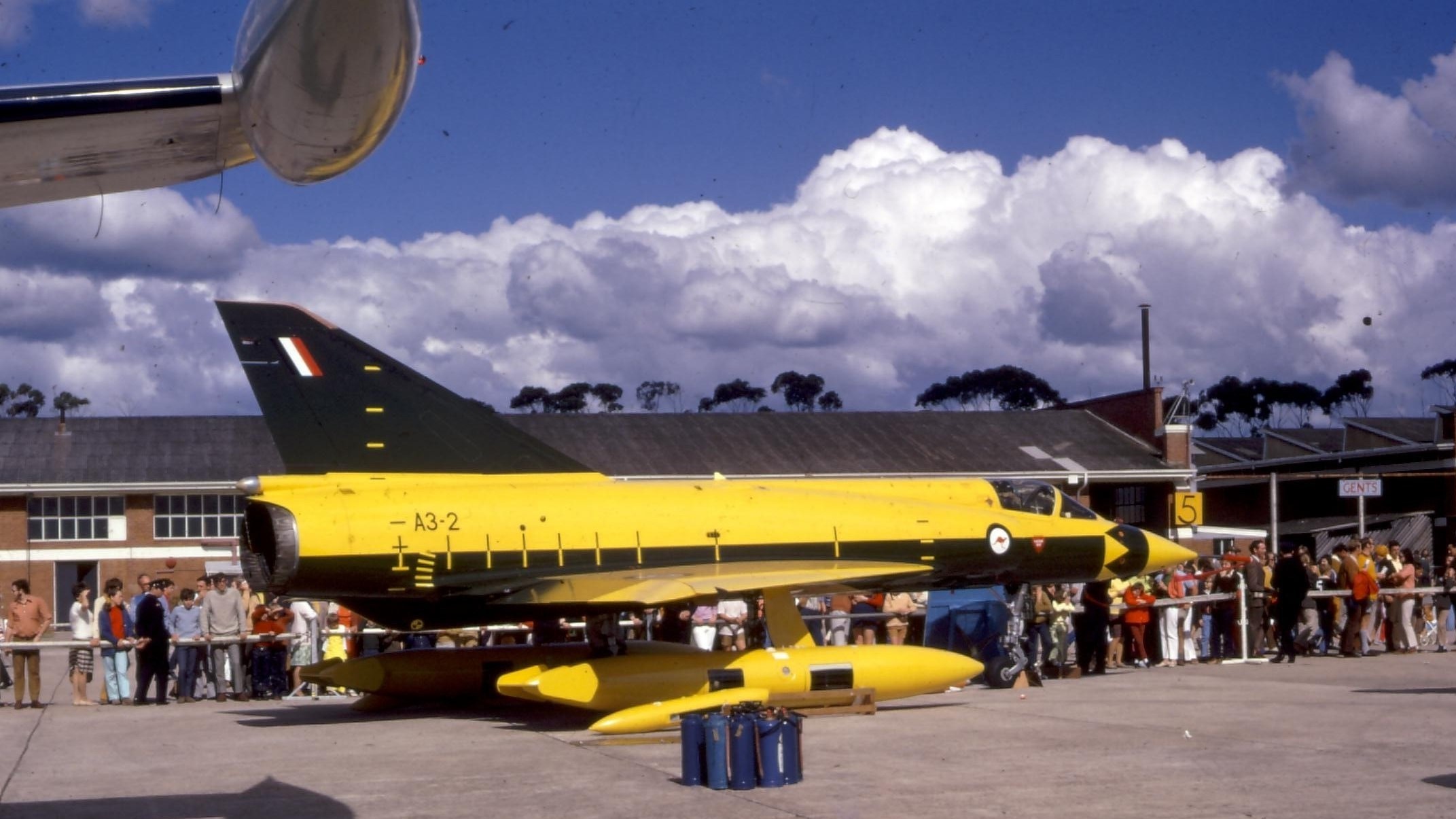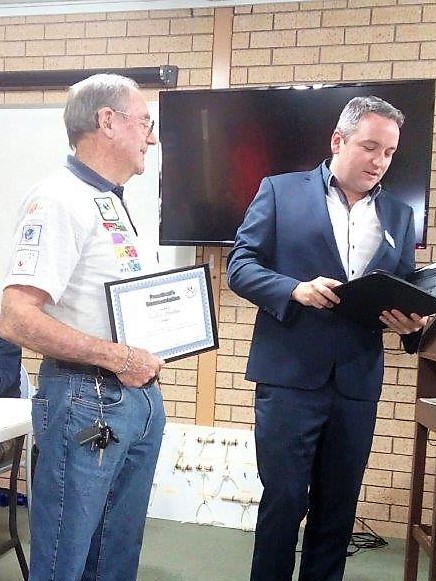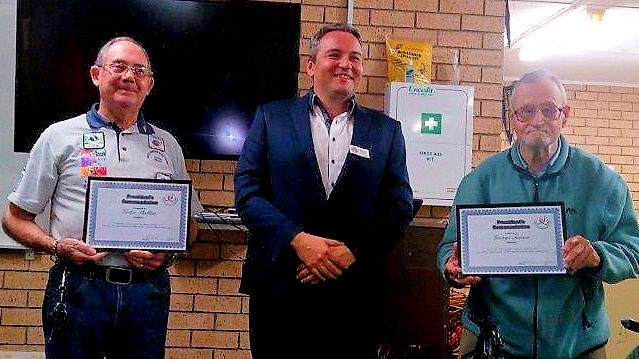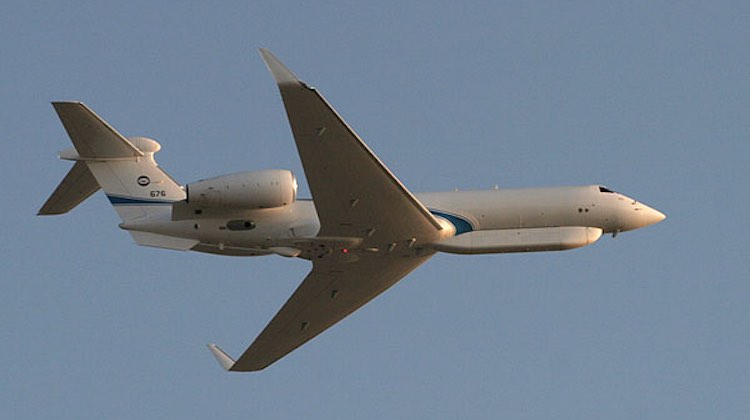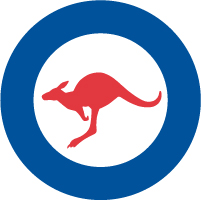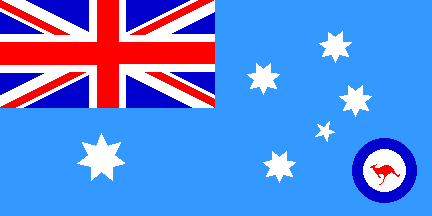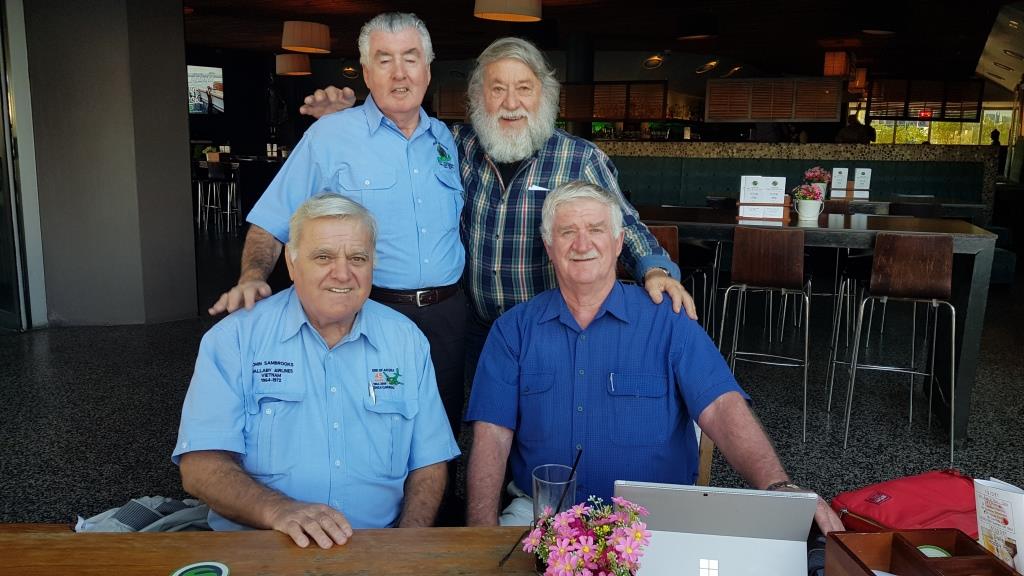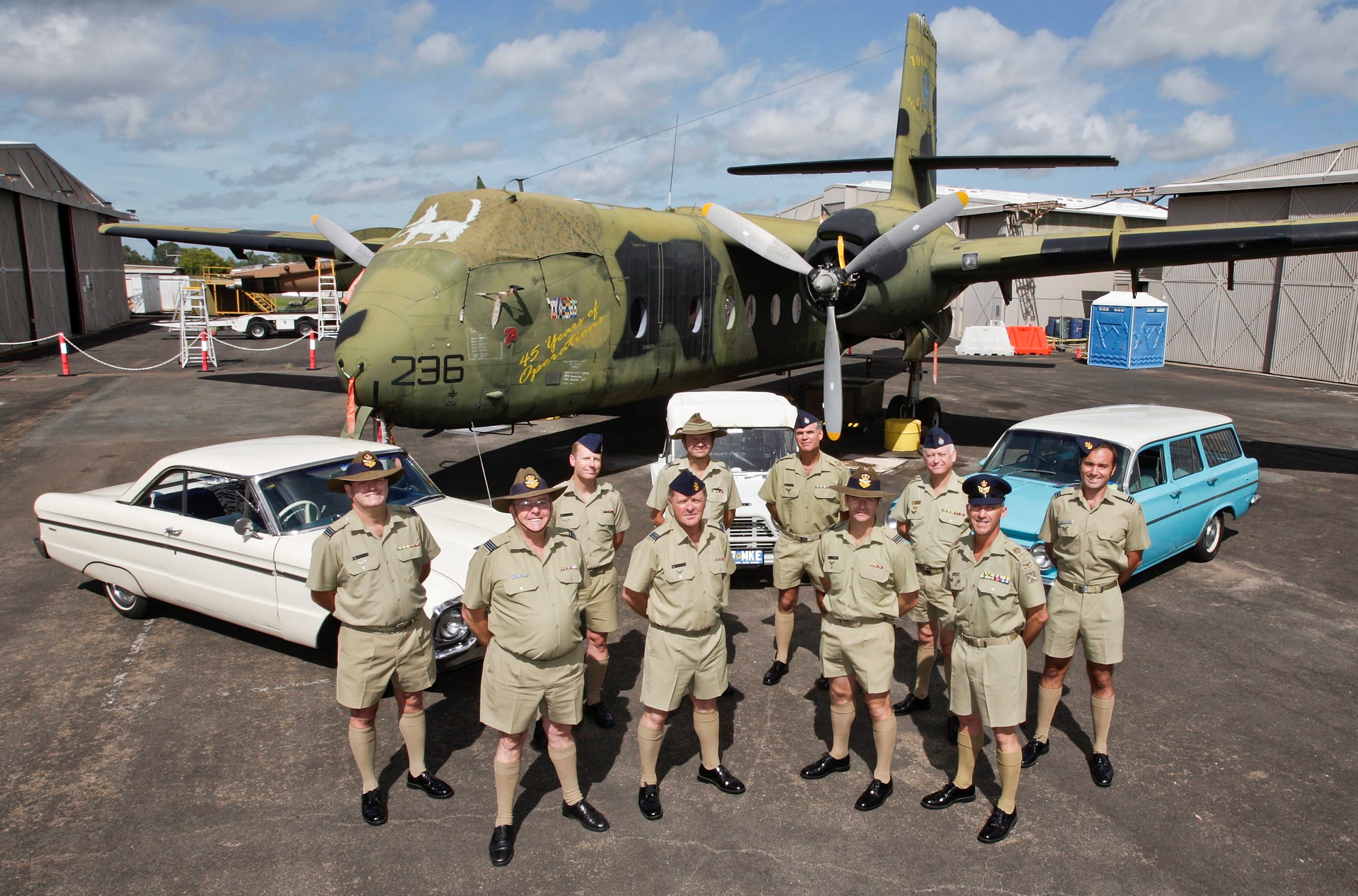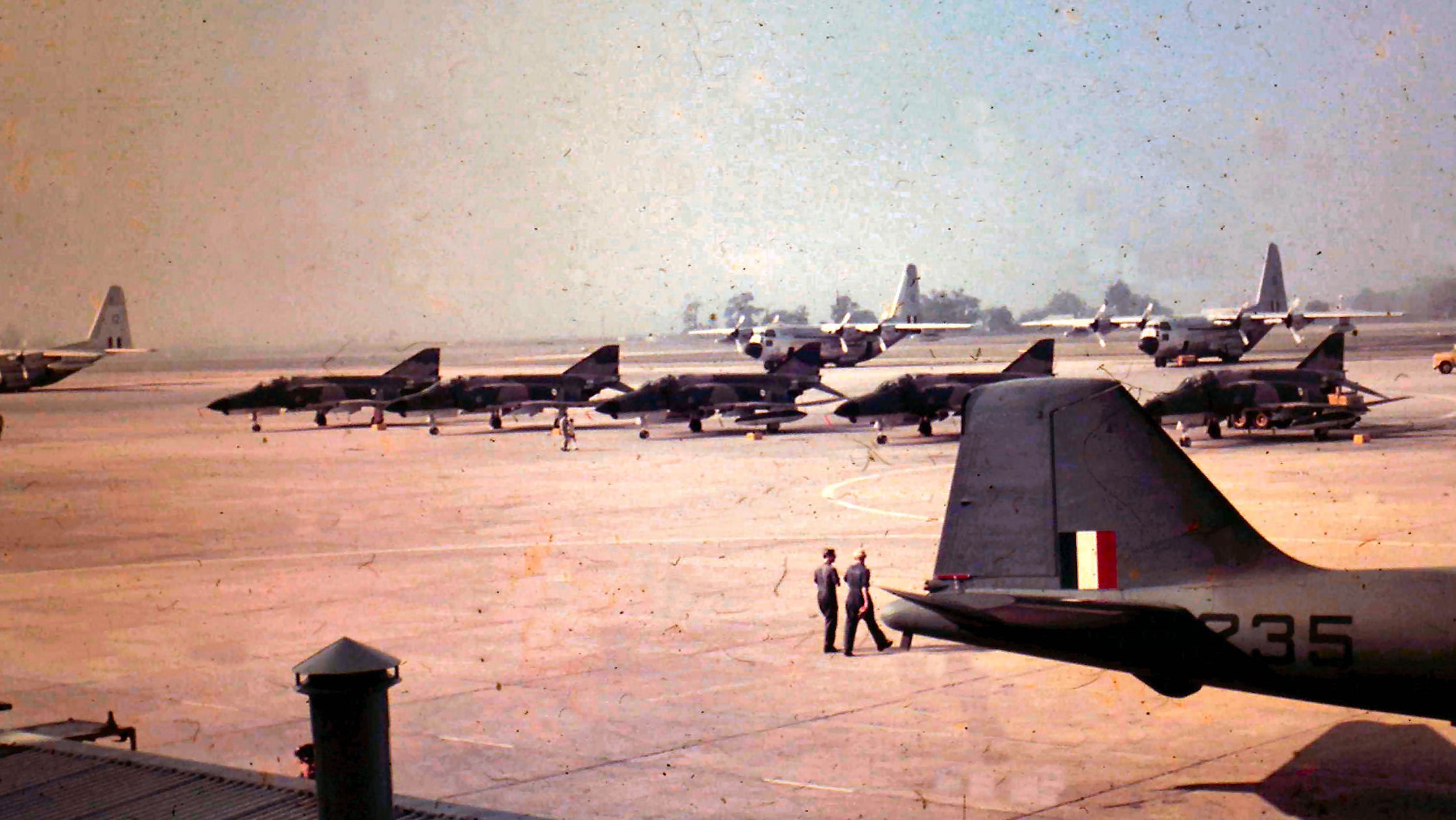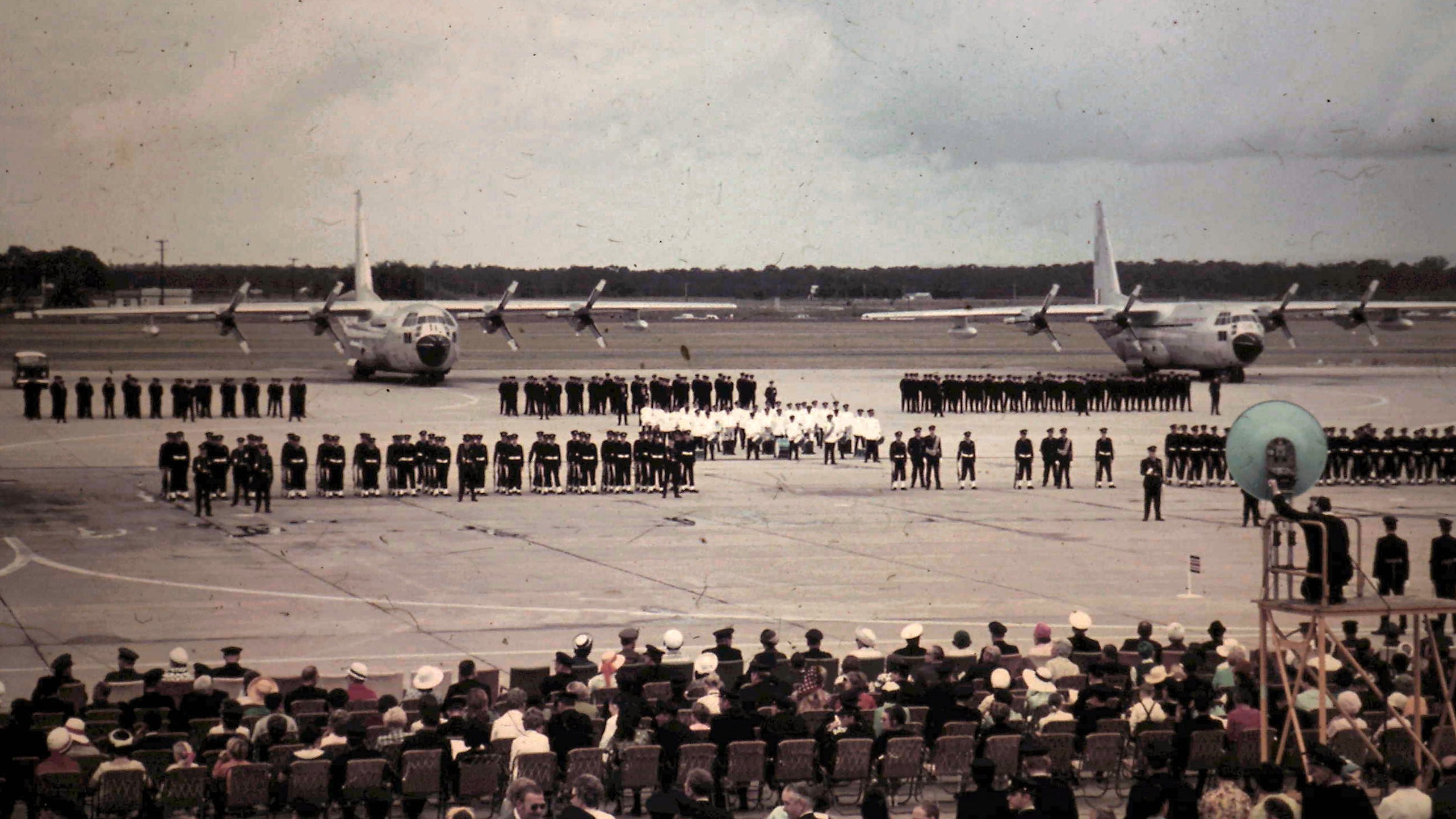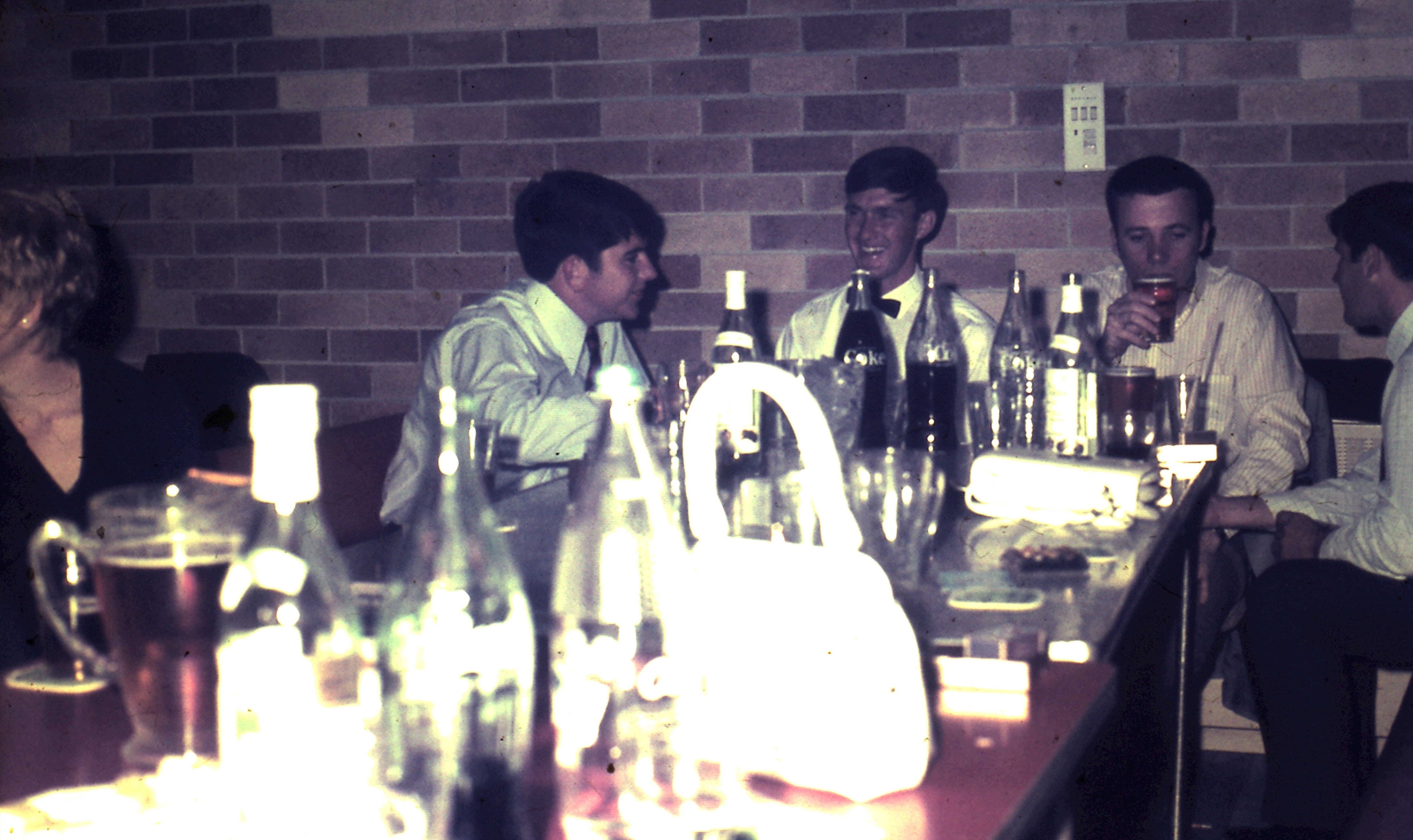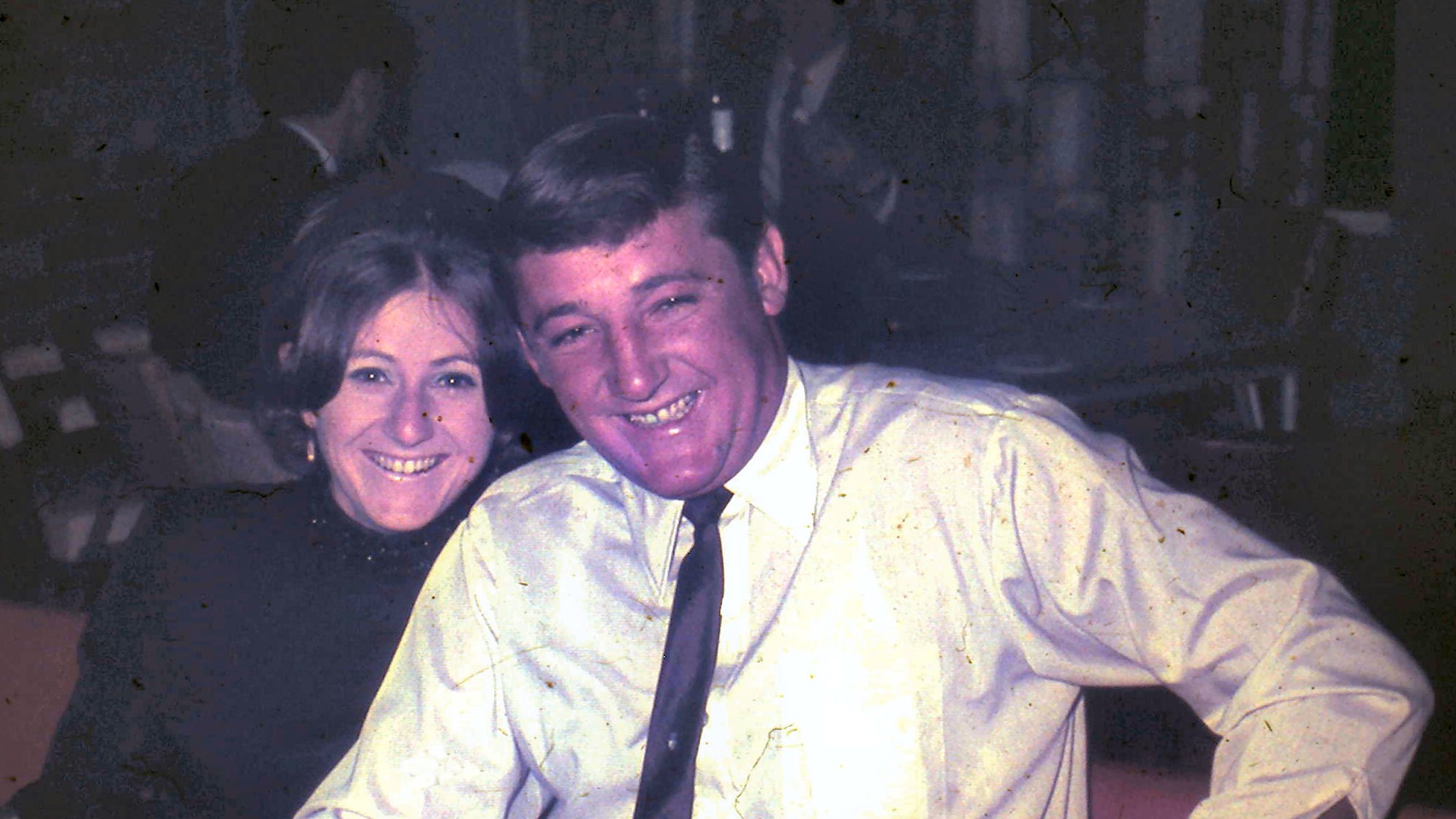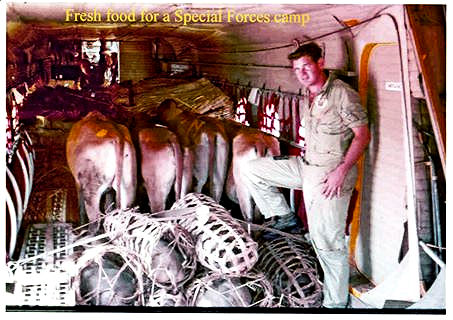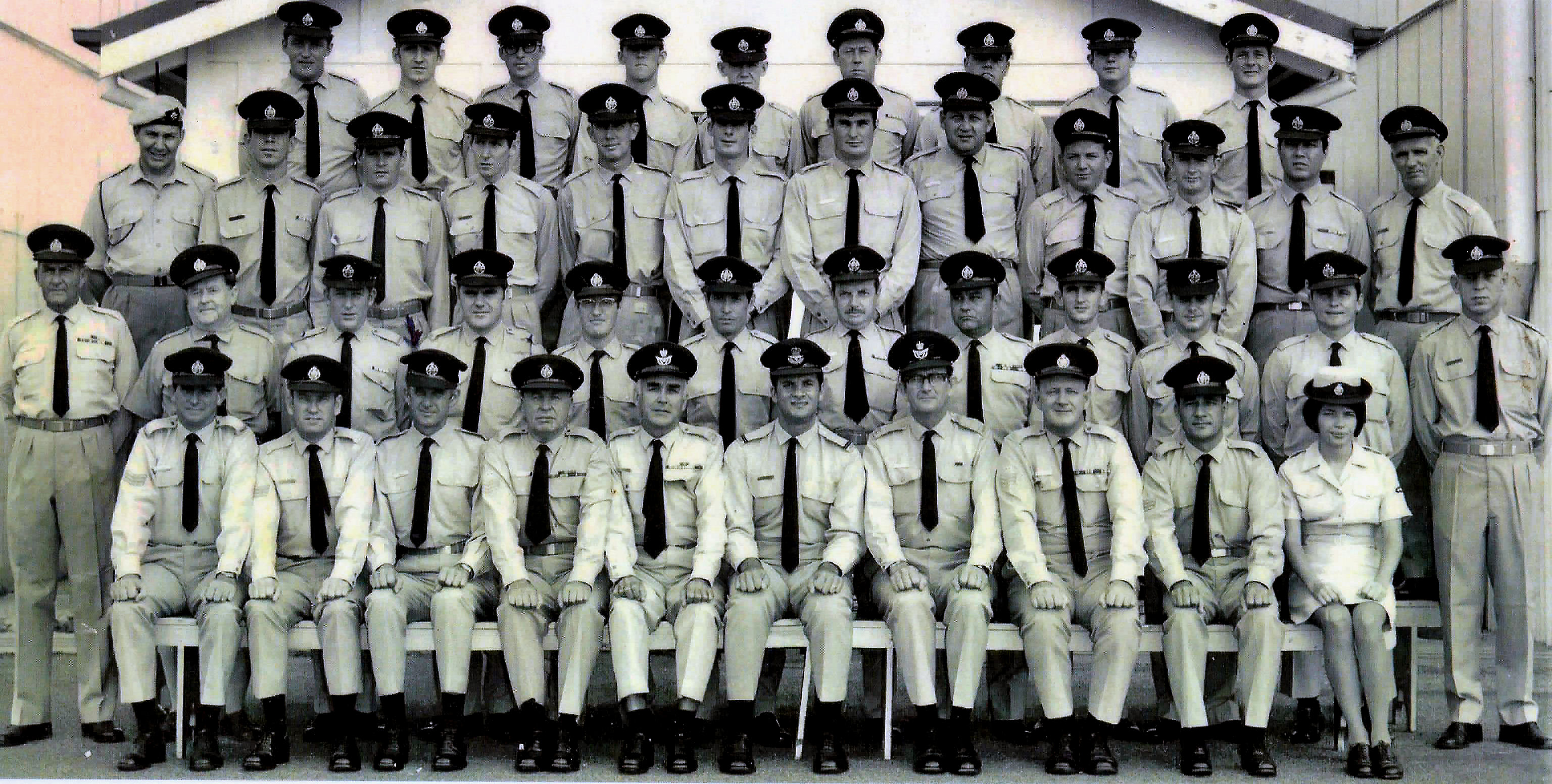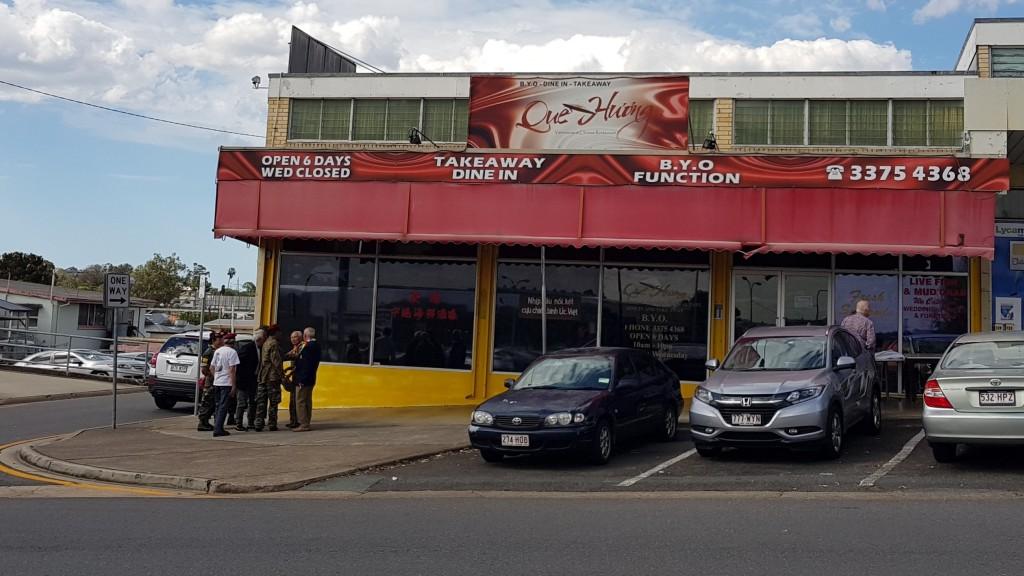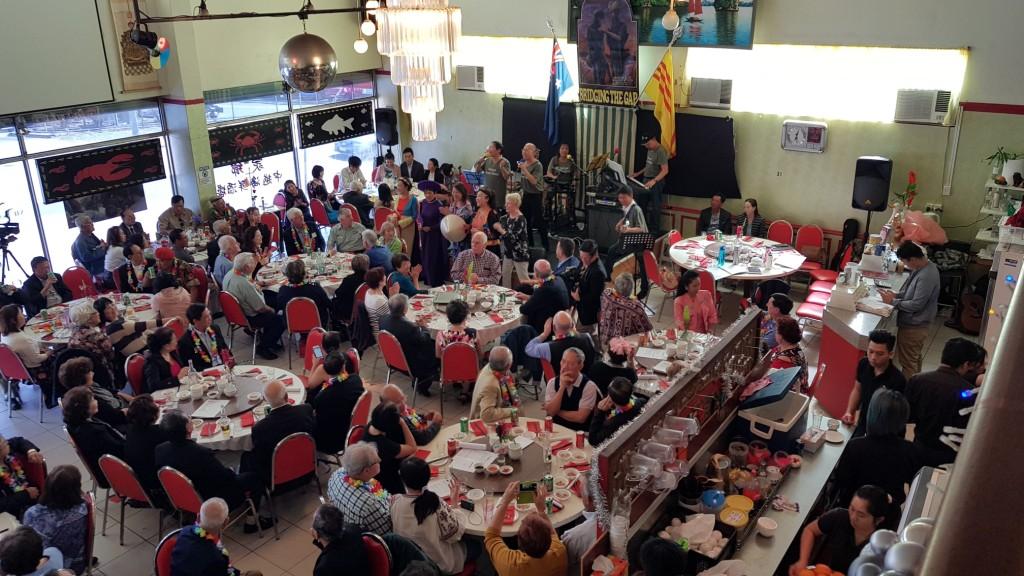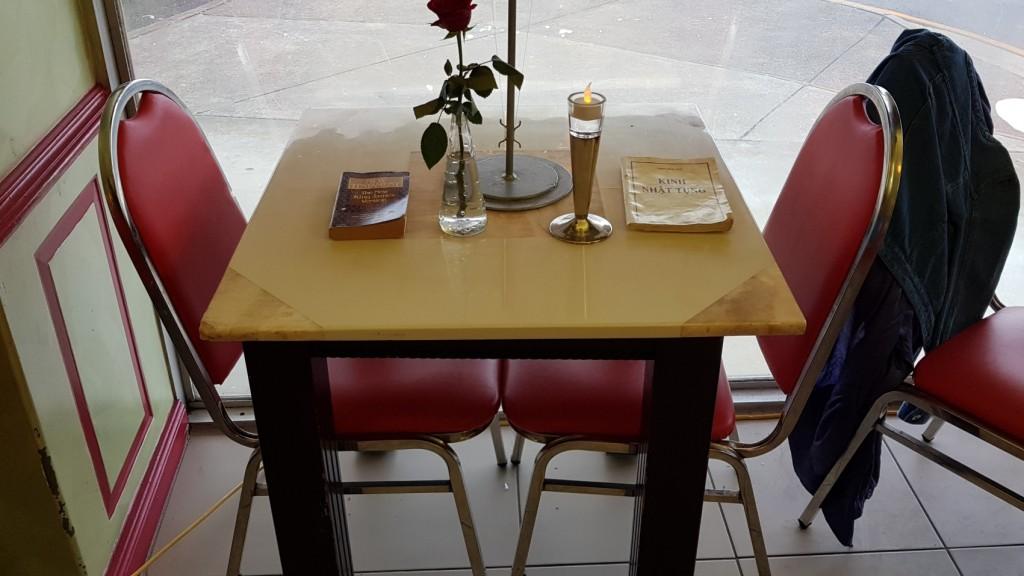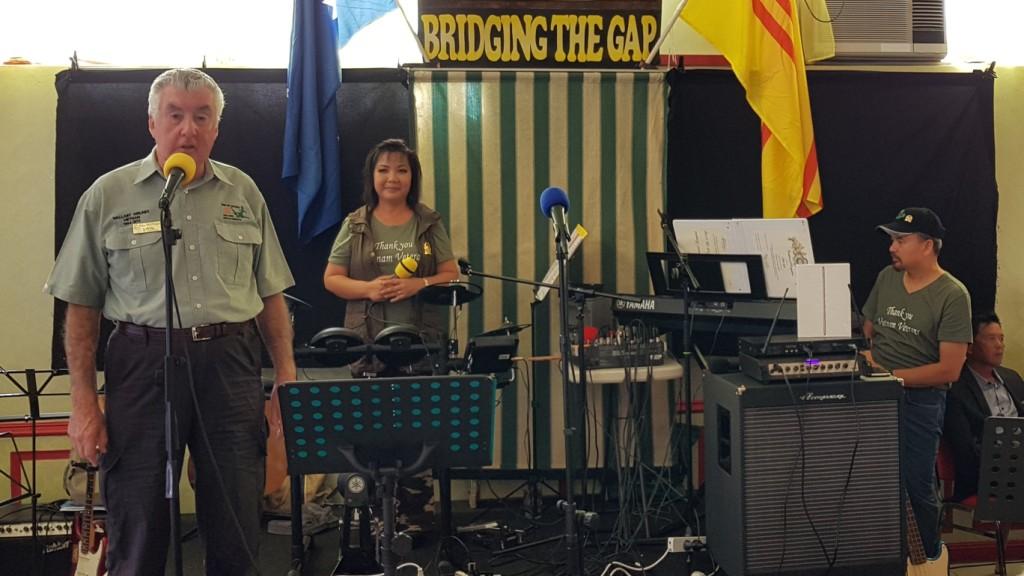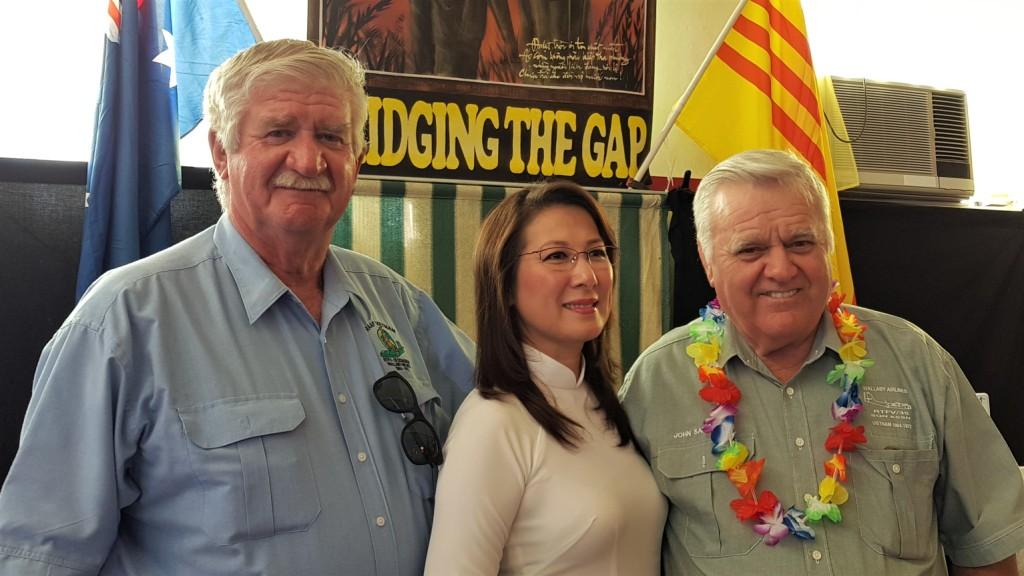|
|
||
|
||
|
Privacy Policy | Editorial Policy | Profit Policy | Join the Association | List of Members | Contact us | Index | Links |
||
|
Back Go to page: 1 2 3 4 5 6 7 8 9 10 11 12 13 14 15 16 17 18 19 20 Forward
|
||
|
|
||
|
ARDU Mirage.
Bob Grant got in touch, he says: “I am starting to go through all my old slides and digitizing some of them. I have attached a pic of the ARDU test mirage from the 50th anniversary show at Laverton I haven’t seen any other images of it in these colours, hope it can fit in your collection”.
|
||
|
|
||
|
Thanks Bob – and if you’ve got any more pics we’d love to see them – tb.
WIA Presentation
In June (2017) Victor Stallan and his mate George, who is 96 years old, were presented with a Presidents Commendation, by the Vice President of the WIA for their service as controllers/relays on the Amateur Travellers Radio Net. (The 'Wireless Institute of Australia' is like a union for Australian radio amateurs who negotiate with ACMA on behalf of all amateur operators)
The Australian Travellers Net operates 365 days of the year to provide a mantle of safety for Amateurs travelling long distances, often in remote areas of Australia. This service is also available to Amateurs that are Maritime Mobile.
Phone numbers are available to anyone who wishes to send a message to travellers or inquire about their whereabouts. (Refer to contact list below).
If you are trying to contact a traveller directly you should call via the net control then QSY (change) to a clear frequency (See Q codes HERE)
Vic, left, receiving his award.
There are two nets in operation being 14.116MHz and 21.185 MHz.
The Aim of the Travellers Net.
Note: ACMA controls all media frequency allocations for TV and radio stations.
Travellers Net operator contact details:
The RAAF’s new spy-planes.
Earlier this year, the US government gave in-principle approval for Australia to purchase up to five Gulfstream G550 modified intelligence and surveillance aircraft. The deal, which was mooted in last year’s Defence white paper, will sharply boost the RAAF’s intelligence capabilities. The highly secretive G550 is expected to be able to fly for more than 12 hours non-stop with a range of more than 12,000km.
The aircraft will have airborne intelligence, surveillance, reconnaissance and electronic warfare mission systems and will cost about $US1.3bn. This price includes the aircraft modifications, ground systems, crew training and engineering and logistics.
The project involves converting the luxury Gulfstream jets into state-of-the-art spy planes. The RAAF will acquire the G550 aircraft from the early 2020s, in two tranches, and they will be incrementally upgraded to maintain commonality with US-developed systems. They will complement the Australian fleet of six E-7A Wedgetail airborne early-warning-and-control aircraft and the eight Poseidon P-8A surveillance planes, giving Australia its most advanced aerial intelligence capabilities yet. It will also increase the inter-operability between the US Air Force and the RAAF.
The sale supports and complements the ongoing efforts of Australia to modernise its electronic warfare capability focusing on electronic intelligence (ELINT) and signals intelligence (SIGINT) gathering.
Although no formal statement on the deployment of the Gulfstream has been announced by the Department of Defence, it would seem sensible to co-locate those aircraft at Edinburgh to help build greater mission commonality and enhance the ADF’s ability to coordinate complex intelligence gathering missions that occur within a joint operational environment.
|
||
|
A grenade thrown into a kitchen in France would result in Linoleum Blownapart.
|
||
|
Where did the RAAF’s roundel come from?
ONE of Air Force’s most enduring symbols is the roundel displayed on the fuselage and wings of all Service aircraft. This comprises an outer blue circle, an inner white circle and a red ‘hopping’ kangaroo in the centre, always facing the front.
The roundel first appeared on French aircraft at the start of WWI, as both sides realised the necessity for quick identification of their own aircraft, to avoid ‘blue on blue’ engagements. The French adopted three concentric circles, using the national colours of red, white and blue in the centre. In October 1914, the British adopted the roundel in royal blue, white and red in the centre. The Australian Flying Corps adopted the same roundel and retained it after the formation of the RAAF in 1921.
After the start of WWII, a yellow circle was painted outside the roundel. Then, in the Pacific theatre, a RAAF Catalina was attacked by a US Navy aircraft. The pilot mistook the red inner circle for the distinctive Japanese red Rising Sun ‘meatball’. From then on, in the Pacific, Australian aircraft removed the red circle. After the war, the RAAF decided to adopt its own, Australian roundel. Options considered included the Southern Cross, a boomerang and a sprig of wattle. Another was the red kangaroo and this was formally adopted on July 2, 1956.
Fifty years later, the Australian roundel continues to be flown with pride on operations and exercises around the world, and is an easily-recognisable symbol of Air Force’s tradition, history and professionalism in peace and war.
|
||
|
A hole has been found in the nudist camp wall. The police are looking into it.
|
||
|
Where did the RAAF’s Blue Ensign come from?
An Ensign is an official flag or banner, normally used by a country or a country’s services. The RAAF Ensign is flown in place of the Australian National Flag (ANF) at its various establishments in Australia and overseas and is used by the Chief of Air Force as his official banner on ceremonial occasions.
The Australian Airforce was formed on the 31st March 1921 (The Royal bit came into being on the 13th August 1921) and the new arm of the fighting services needed its own distinctive ensign. Initially it adopted the Royal Air Force (RAF) ensign which became the RAAF’s ensign as the new force came into being.
In 1948, there was concern that the continued use of the same ensign would create confusion between the two air forces and a design based on the ANF was created. The new ensign retained the light blue of the British ensign and the Commonwealth Star and Southern Cross of the ANF, but included the roundel, reduced in size. The Southern Cross stars were rotated 20 degrees clockwise to fit the roundel.
In 1956, the red kangaroo replaced the red circle in the Australian roundel but the standard red-dot roundel was retained on the flag, however, the Vietnam war created some confusion as the UK was not involved, so the use of the existing roundel without the ‘roo became inappropriate and as a result, on the 6th May 1952, the present RAAF ensign (above) entered service.
|
||
|
Lunching – again.
Some people just can’t help themselves, given a fine day, not a lot of work to do and with the flimsiest of excuses - they’ll lunch. Spotted at the Jade Buddha, one of Brisbane’s better places to wine and dine, and to be seen, are:
|
||
|
|
||
|
Standing L-R: John McDougall, Ted McEvoy (RAAF’s second best Radtech). Seated L-R: John Sambrooks (the People’s Champion), Trev Benneworth (top Radtech).
|
||
|
Farewell to Drabs.
On the 21st April, 2013, the RAAF officially farewelled its Tropical Dress – the Drabs, a uniform worn by male Air Force members for the previous 75 years.
Based on a similar uniform worn by British military personnel, Tropical Dress was introduced shortly before the Second World War and was widely worn during the conflict by Air Force personnel deployed to the Middle East, North Africa, South East Asia and Northern Australia. It endured following the war until the 21st April. Pity, it was a very comfortable uniform.
|
||
|
|
||
|
L-R: Sqn Ldr Clayton Wilson, Sqn Ldr Dennis Deering, Flg Off Shane Hohensee, Sqn Ldr Tony Radford, Sqn Ldr Dallas Haggarty, Flt Sgt Peter Smith, Sqn Ldr Rod Orrock, Flt Sgt Darrin Howe, W/O Glenn Lyons, Fl Lt Timothy White. All in Drabs.
|
||
|
|
||
|
|
||
|
Air Show at Richmond, 1971.
|
||
|
|
||
|
Proper Hercs.
|
||
|
|
||
|
|
||
|
Airmans’ Ball, Richmond, 1971
|
||
|
|
||
|
Note the ratio of Bacardi and big bottles of coke!! 2:3 - now that’s the way to do it!! nothing like a "see-through" Bacardi coke.
|
||
|
|
||
|
Dallas Priester and Sue. |
||
|
|
||
|
Live freight, Vietnam.
The RAAF’s 35 Sqn (Caribous) operated for seven and a half years in Vietnam, longer than any other RAAF unit. During that time, it flew nearly 80,000 sorties, totalling 47,000 flight hours. It carried 677,000 passengers, 36,000,000 kilograms of freight and 5,000,000 kilograms of mail.
35 Sqn, with its 7 Caribous, was integrated into the USAF’s Southeast Asia Airlift System and became part of the US 315th Air Commando Wing. The unit transported personnel and equipment into some 115 airfields of varying surfaces and dimensions throughout the Republic of Vietnam. The Caribous also carried livestock, mail, fuel drums, and even peasant workers and as the RTFV aircraft used the call-sign "Wallaby", the unit quickly became known as "Wallaby Airlines". It performed to higher standards than American squadrons with similar aircraft.
|
||
|
|
||
|
Bob St John, 35 Sqn Loady, with a load of livestock bound for a US Special Forces camp.
|
||
|
As there was a shortage of refrigeration in those camps, food was transported in live and slaughtered as and when required. It was everyone’s aim to make themselves very scarce when these aircraft returned to Vung Tau – there was usually a distasteful cleaning job to do on the after-flight.
In June 1971, the squadron's seven aircraft were reduced to half strength, when three Caribous returned to Australia as part of the government's decision to decrease Australia's involvement in the war. Due to servicing requirements, this meant that only two aircraft were operational. In October and November 1971, the squadron Caribous lifted 3rd Battalion, Royal Australian Regiment (3RAR); and 2 Squadron, Special Air Service; and some of the last army personnel from the Australian base at Nui Dat to Vung Tau, from where the troops returned to Australia. Flying ceased on 13 February 1972 and all personnel prepared for their return to Australia. The four Caribous took off six days later and arrived in at Richmond Air Force base on 26 February. It was the last RAAF unit to leave Vietnam.
|
||
|
'There's a way of transferring funds that is even faster than electronic banking. It's called marriage.'
|
||
|
3 AD GES, Feb 1972
We only have a few names – if you can help, please do.
|
||
|
|
||
|
Back Row: John Smith (2nd from left), Eric Dickeson (3rd from left) 3rd Row: Ed Trickett (Far left), Barry Sadler (2nd from left) 2nd Row: Blue Egan (3rd from left), John Sambrooks (4th from left), Terry Bennett (5th from left), Peter King (6th from left) Front Row: Stan Moss (2nd from left), Len Morris (3rd from left), “Benny” Bennett (4th from left), Wally Bloxsidge (5th from left)
|
||
|
Bridging the Gap.
On Sunday the 27th August 2017, the Vietnamese community of Brisbane invited Vietnam Vets to a Vietnamese Restaurant in South Brisbane for a “Thank You” afternoon which they called “Bridging the Gap”. (Click these pics for better quality)
|
||
|
Vietnam Veterans and their friends were invited to a wonderful traditional 7 course meal where they could meet other Vets from Australia, New Zealand and the US and also Veterans who had served in the Armed Forces of Republic of South Vietnam.
Entertainment on the day was provided by a band led by Diamond Tran and Thai Dang who played a mixture of pop and traditional Vietnamese Music.
|
||
|
The day was planned to thank and honour ANZUS Vets who went to the aid of South Vietnam all those years ago.
As Thai Dang said, “The afternoon would allow ANZUS Vets to be surrounded by people who love them and who appreciate their dedication in protecting the South Vietnam from the Communist North.
The Vietnamese Community will also be celebrating their wonderful new life in a great country called Australia”.
Ex-members of RTFV-35 Sqn and 9 Sqn attended, along with many from the Australian Army and also from the Royal Australian Navy.
The Community very tastefully set aside a vacant table to honour those that had paid the ultimate sacrifice.
In all, about 60,000 Australians, 548 New Zealanders and 2,709,918 from the US fought in the Vietnam War. Sadly, of those, 521 Australians, 37 Kiwis and 58,148 US soldiers were killed.
|
||
|
Several representatives from Army, Navy and AirForce stood up and thanked the Community for the day and recounted one or two, in some cases, humourous moments they experienced while “in country”.
|
||
|
John McDougall, representing RTFV-35 Sqn with Diamond and Thai.
|
||
|
L-R: Trev Benneworth, the delightful Thanh Pham (Miss Vung Tau) and John Sambrooks.
A lovely gesture - we thank them very much! |
||
|
|
||
|
|
||
|
|

